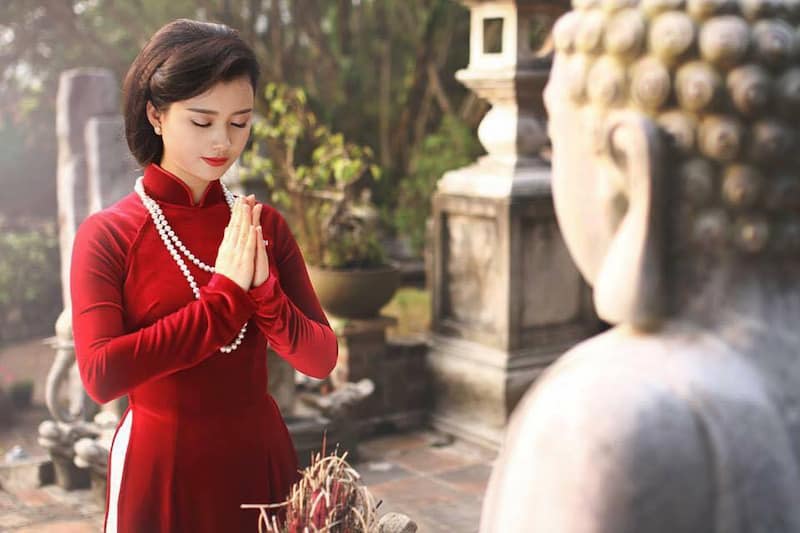
Photo: ereka.vn
Vietnam is a Southeast Asian country, where local people hold traditions and customs in high regard, and interestingly how some of their beliefs have been with history for so long that many Vietnameses cannot explain the origin. Get curious? Let’s learn about some folk religions in Vietnam in this article!
What is the difference between religions and folk religions?
Even though both worship and venerate sacred beings that never appear in the flesh and seed people positive things, religions and folk religions are different. Religions are more systematic and operate largely in many countries with 4 elements: leader, doctrine, canon law, and followers. On the other hand, folk religions or folk beliefs do not include all these four components but simply traditional beliefs and activities have existed since ancient times. In addition, if religious believers at a particular time can only have one religion, a person can simultaneously practice many different folk religions.
Vietnamese five-color flags
During Vietnamese festivals and religious events, it is customary to display flags with five colors. These flags are made up of five concentric squares in the colors red, green, yellow, and blue, which symbolize the five elements (ngũ hành). The arrangement of the colors may differ.
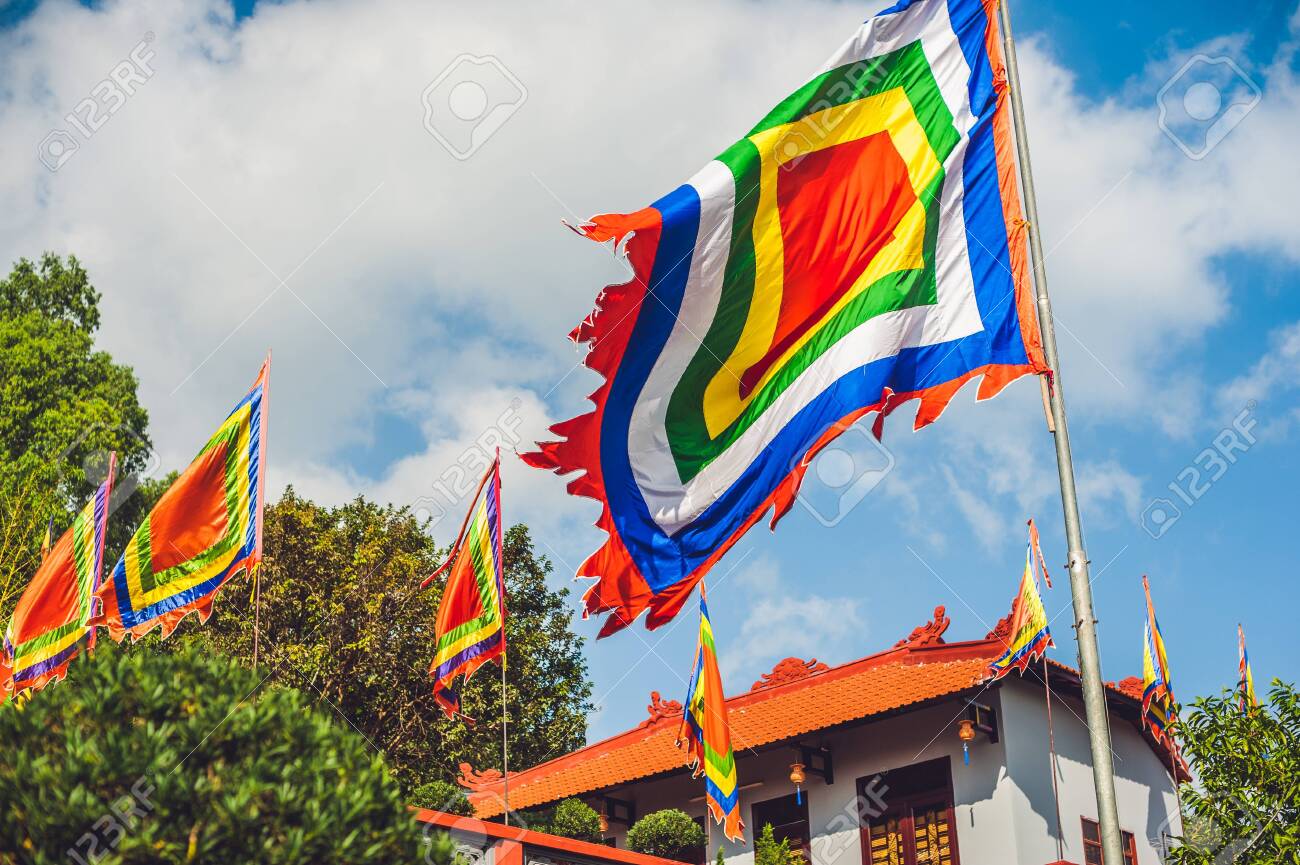
Photo: 123RF
1. Worshipping Gods
Worshipping Gods, Spirits, and Deities has been one of the most common folk beliefs in Vietnam for thousands of years to pay homage and help locals expel evils as well as wish for blessings. Vietnamese deities are either fictional characters or actual individuals who have owned supernaturals and helped people to fight against dark powers, therefore leaving significant historical or educational teachings in Vietnamese culture.
The Four Immortals are the four main deities revered by the Vietnamese in the Red River Delta, which includes Mountain God of Tan Vien, the Heavenly General of Phu Dong, Saint Chu Dong Tu, and Holy Mother Lieu Hanh. Each figure has their own legend but they all symbolize strength, courage, kindness, and sacrifice themselves for the peace and prosperity of Vietnameses.
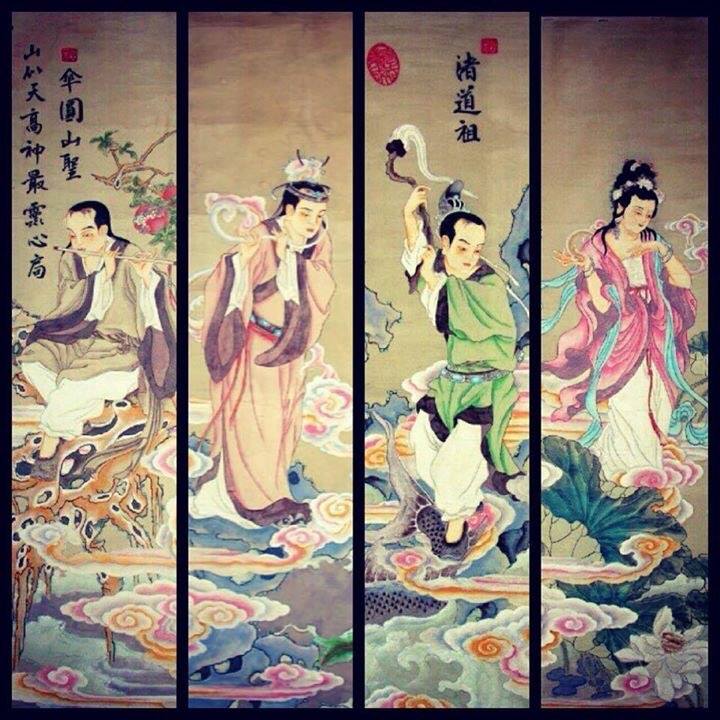
International visitors can pay a visit to these high regard of Vietnamese culture at temples and statues in many provinces and cities across the country. Annually, there will be religious festivals organized to dedicate to Vietnamese Gods, for example, Giong Festival (Soc Temple, Soc Son, Hanoi) was recognized as an Intangible Cultural Heritage of Humanity by UNESCO.
2. Worshipping ancestors
Influenced heavily by Chinese rule in a thousand years, Vietnamese families have been practicing rituals towards their deceased family members and ancestors to show their “filial piety”, which is one of the main values of Confucianism.
If you have a chance to visit any Vietnamese household, you can easily find an ancestral altar at a solemn place, adorned with images of ancestors, as well as an incense burner in the middle and candles positioned on both sides of the altar. No matter how rich or poor the family is, they always set up the altar in the most proper way to show deep appreciation and remind them of their roots.
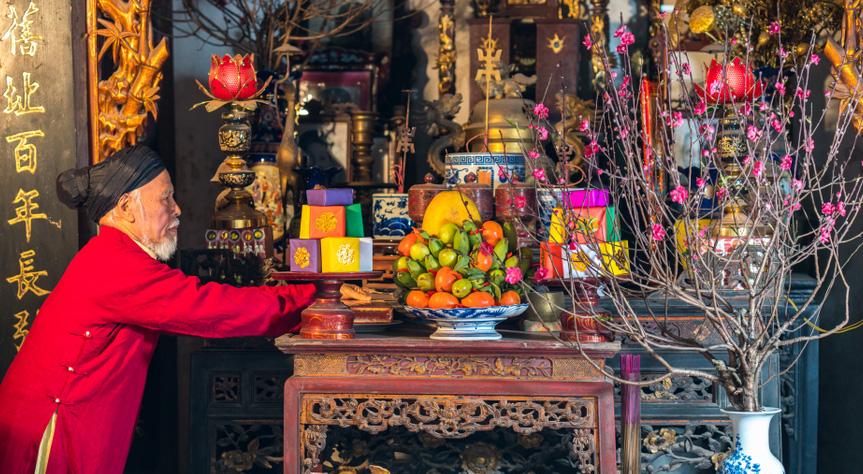
Photo: Internet
In such significant events as the commemoration of ancestors' passing, new and full moon days, festivals, etc, younger generations in the family will prepare meals, fruits, alcohol, and especially a bowl of rice grains and a bowl of salt to place neatly in the altar. They then ignite candles, offer burning incense and pray in front of their ancestors for good luck and prosperity as one of Vietnamese ideologies believes that the deceased have an ongoing existence and can potentially impact the fate of the living.
3. The betel and areca are must-have things at weddings
The betel and areca can be seen a lot among individuals from various backgrounds in many Vietnamese ceremonies as they are the offerings themselves and betel chewing is one of the most cherished aspects of traditional culture.
The betel and areca hold a special place in Vietnamese wedding ceremonies, and are essential elements in the planning of any wedding, regardless of location. The Tay and Nung ethnic groups incorporate betel in the ritual of "tying the thread around the wrists of the bride and groom. One famous betel quid professional said “Before talking with the bride’s family, we offer them betel and areca nuts. Betel and areca are used to start a conversation and help people become closer and more open with each other”.
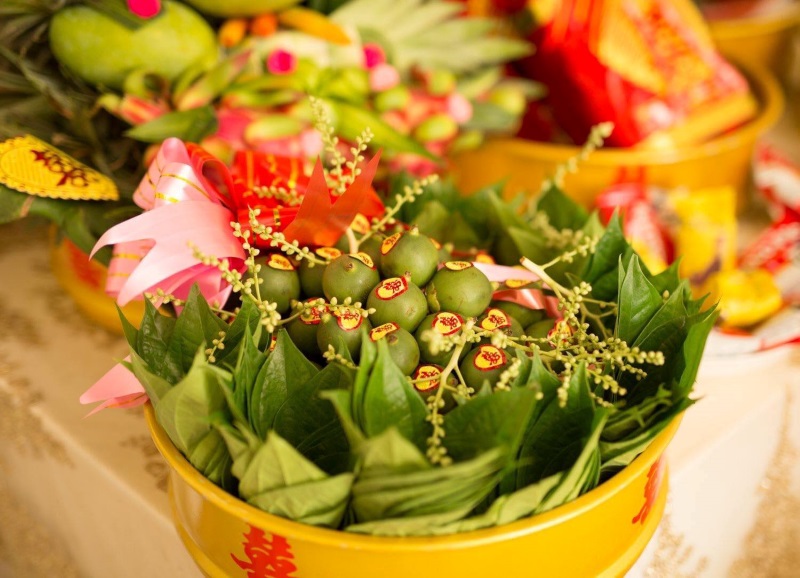
Photo: riversidepalace.vn
In Vietnamese culture, the areca trees are seen as a symbol of boys due to their strong and circular shape, while the betel leaves, with their soft and triangular form, represent girls. Together, these two items are viewed as inseparable and symbolize everlasting love and joy in marriage.
4. Temple-hopping in the Lunar New Year
The tradition of “going to pagodas” has become a custom of many Vietnamese people at the beginning of Lunar New Year since Buddhism is the most dominant religion in Vietnam. As the new year approaches, numerous people are excited to go to pagodas and offer prayers for themselves or their loved ones. Each individual has their own intentions, with some seeking good fortune or expressing wishes for well-being, joy, and other blessings. Others hope to acquire skills, achieve success, or even find a life partner.
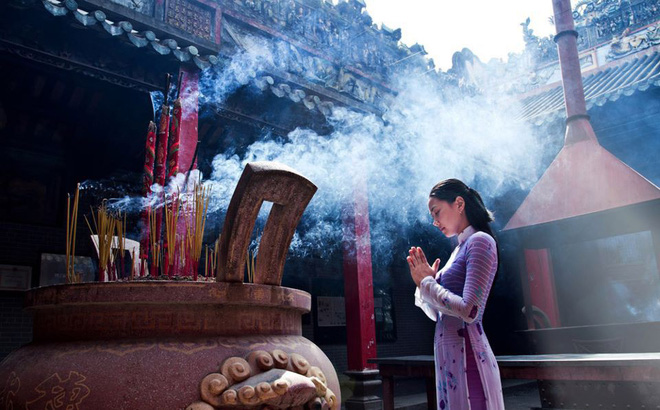
Photo: Internet
If you happen to be in Vietnam during the Tet holiday, you can observe a procession of individuals journeying to the Buddhist temples all across the nation such as Perfume Pagoda, Tran Quoc Pagoda, Yen Tu, Tay Phuong, etc to wish for prosperity as spring arrives. Others may also visit the Temple of Literature to pray for their offspring to excel in their studies.
Even in our highly modern and civilized society, the custom of visiting pagodas at the start of the new year has been passed down through generations. The aroma of burning incense, the lively hues of lights and flowers, and the tranquil atmosphere of the sacred site will bring peace to people's hearts.